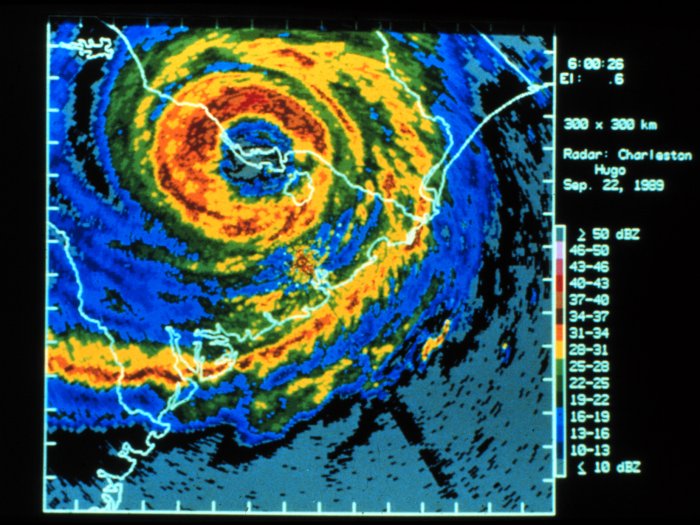
Home > Weather Instruments > Radiosonde
|
|||||

What is a Radiosonde? Worldwide, nearly 900 upper air stations, mostly in the Northern hemisphere, gather information about our atmosphere. At precisely 0000 and/or 1200 UTC, 365 days a year, these observations are made using radiosondes. This small instrument package is suspended below a 6 foot wide balloon filled with hydrogen or helium. As this instrument is lifted up into the sky, sensors measure pressure, temperature, and relative humidity and a battery powered transmitter sends the readings to a ground receiver. Click on the link at the end of this article to see a video of a weather balloon and radiosonde release. Obtaining accurate data aloft is essential to predicting changes in the atmosphere and this powerful little package is our primary source for this critical data. By tracking the ascent of the radiosonde, information on wind speed and direction aloft can also be determined. These observations are called "rawinsonde" observations. There is a minimum height to which the instrument must be lifted before the data can be utilized. A radiosonde is equipped for quite a trip and can ascend to over 115,000 feet and drift more than 125 miles from the release point. Flights can last over two hours and the instrument can be exposed to extremely low temperature and air pressure. As the balloon rises, it expands in the decreasing pressure until it finally reaches its limit and bursts. At this point, the radiosonde falls back to the ground, drifting back to earth attached to a small parachute. When someone finds a radiosonde they can return it to the NWS for reconditioning. Mailing instructions are printed on the side of the radiosonde and the finder can return it at no cost. According to the National Weather Service, Data applications include:
Click here to view: Weather Balloon and Radiosonde Release Video
The above article is based on information from NWS http://www.erh.noaa.gov/er/gyx/weather_balloons.htm
| |||||
Home > Weather Instruments > Radiosonde
|

"I'd worked as an observer for years, but needed to re-certify. I learned more in this course than I ever imagined I could and I passed the exam with flying colors. I am also definately a better observer" TS, Louisiana
I knew nothing about weather at all. My new job depended on passing the weather observer certification test. Thanks to the patience and personal attention you gave us all, the entire class passed. JB, Texas
"When my company sent me to this class I thought I didn't need the training. I was wrong. Thanks" RB, Texas
You are the "Gold Standard" of teaching. Absolutely the best teacher I have ever had. DG, Louisiana

Copyright 2007 -2010 all rights reserved
 Twitter
Twitter Technorati
Technorati Stumbleupon
Stumbleupon Google Bookmarks
Google Bookmarks Facebook
Facebook Digg
Digg Blogmarks
Blogmarks Delicious
Delicious BlinkList
BlinkList Yahoo My Web
Yahoo My Web